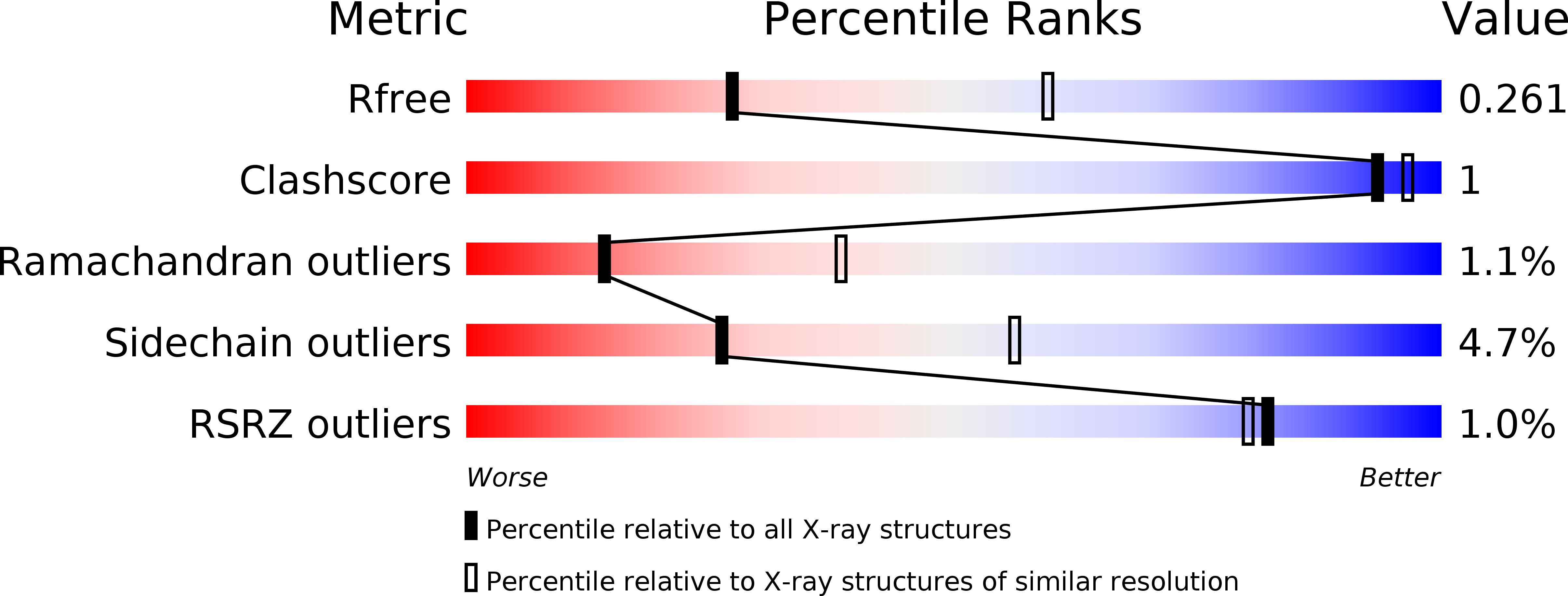
Deposition Date
2011-03-31
Release Date
2012-04-25
Last Version Date
2023-11-01
Entry Detail
PDB ID:
3AXA
Keywords:
Title:
Crystal structure of afadin PDZ domain in complex with the C-terminal peptide from nectin-3
Biological Source:
Source Organism:
Mus musculus (Taxon ID: 10090)
Host Organism:
Method Details:
Experimental Method:
Resolution:
2.78 Å
R-Value Free:
0.26
R-Value Work:
0.24
R-Value Observed:
0.24
Space Group:
C 2 2 21


